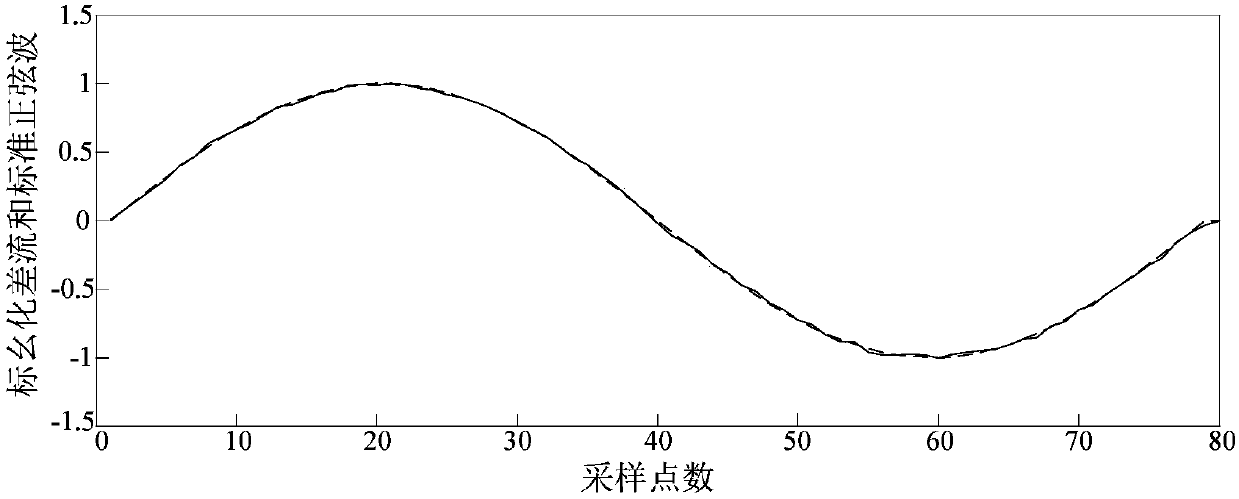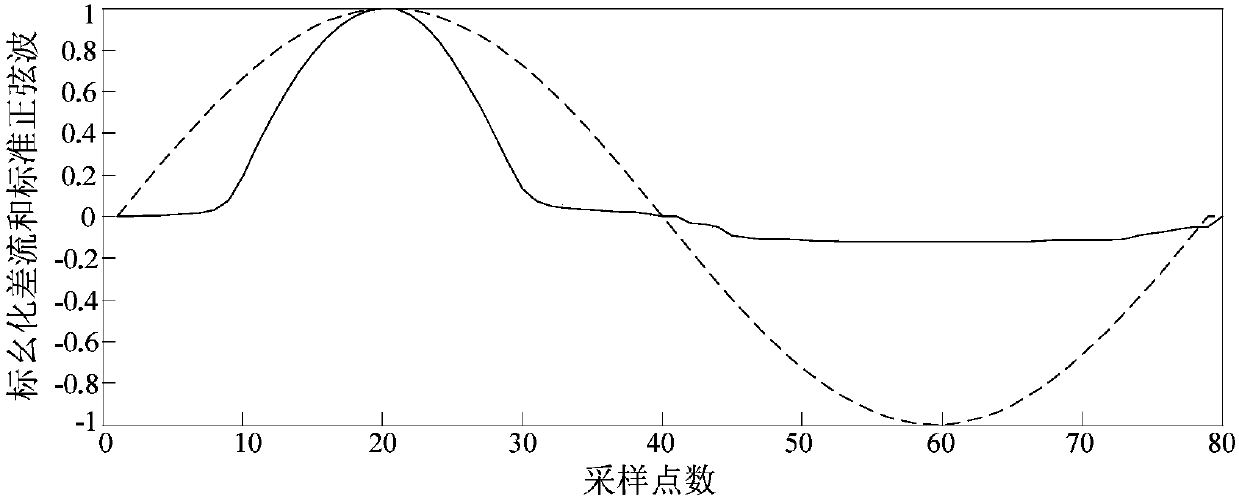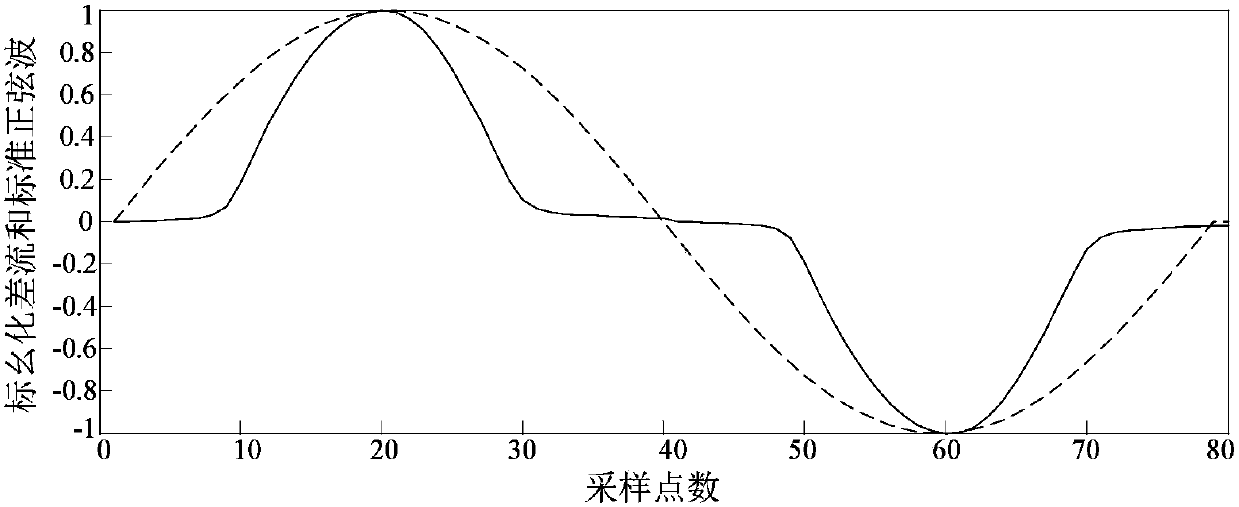Identification method of transformer excitation inrush current and fault differential current based on hausdorff distance algorithm
A technology of excitation inrush current and fault differential current, applied in the direction of instruments, measuring electrical variables, measuring devices, etc., can solve the problems of high device hardware requirements, long identification process delay, and high data integrity requirements of differential current sequence sampling points. The effect of good speed and strong resistance to data loss
- Summary
- Abstract
- Description
- Claims
- Application Information
AI Technical Summary
Problems solved by technology
Method used
Image
Examples
Embodiment Construction
[0032] The identification method of transformer excitation inrush current and fault differential current based on Hausdorff distance algorithm includes the following steps:
[0033] Step 1: Under a certain sampling rate, collect the secondary current of the current transformers on both sides of the differential protection of the transformer at points N per cycle and form a differential current signal sequence I;
[0034] Step 2: Determine whether the value of the differential current signal sequence I in step 1 exceeds the setting value of the differential protection starting element, if exceeded, then start the criterion proposed by the present invention and carry out the discrimination of the fault differential current and the excitation inrush current;
[0035] Step 3: Use the 1 / 4 cycle data window for the differential current signal sequence I, that is, N / 4 points, to judge and obtain the extreme value. If the obtained extreme value is less than the set threshold, it will b...
PUM
 Login to View More
Login to View More Abstract
Description
Claims
Application Information
 Login to View More
Login to View More - R&D
- Intellectual Property
- Life Sciences
- Materials
- Tech Scout
- Unparalleled Data Quality
- Higher Quality Content
- 60% Fewer Hallucinations
Browse by: Latest US Patents, China's latest patents, Technical Efficacy Thesaurus, Application Domain, Technology Topic, Popular Technical Reports.
© 2025 PatSnap. All rights reserved.Legal|Privacy policy|Modern Slavery Act Transparency Statement|Sitemap|About US| Contact US: help@patsnap.com



